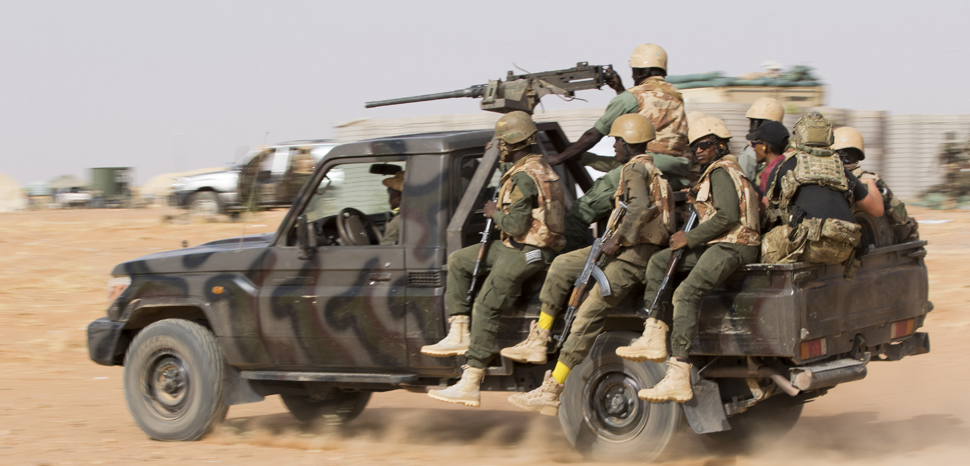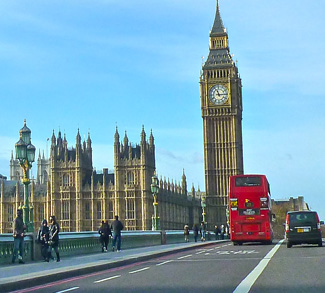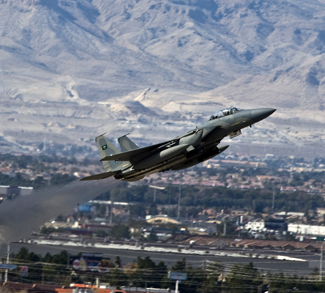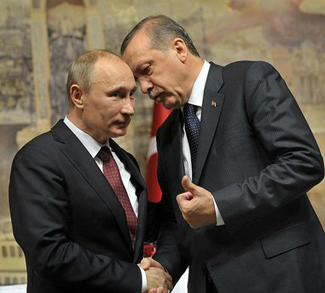The Western Sahel region of the African continent has become an infighting battleground for jihadist groups competing for hegemony over the region. In May, Islamic State (IS) in its newspaper Al-naba revealed its clashes with Al-Qaeda affiliates. IS has blamed Jamaat Nusrat al-Islam wal-Muslimin (JNIM), an Al-Qaeda affiliate, for initiating the fierce fighting and mobilization of forces in order to wrest areas from Islamic State’s control. Since last year there has been a surge in the attacks conducted by these groups against each other. Conversely, there have been some mainstream reports claiming operational and organizational cooperation between the groups, though there has been no real evidence to support this. Other than the two major players Islamic State in Greater Sahara (ISGS) and Al-Qaeda in Islamic Maghreb (AQIM), there are many other small terror outfits and tribal militias that are present in a fragmented pattern all over the region. A recent trend in the region reflects that, due to lack of resources and funding, members of these small terror outfits and tribal militias are defecting to the major players. This trend of defection is helping terror outfits like IS and Al-Qaeda increase their strength in the region. The Sahel is thus currently experiencing a surge in terrorist activity; in addition to porous borders between the countries, looming international support and social exclusion of rural areas are making the situation even worse. This only emboldens the major players in the region and their game of locking horns for territory, resources, and support.
The history of AQIM is deeply rooted in the Algerian Civil War of 1992. During the 1992 presidential elections, the Front Islamique du Salut (FIS, Islamic Salvation Front) was on the brink of victory. In order to prevent an Islamist party winning the election, the military staged a coup and cancelled the second round of Parliamentary elections. In response, the FIS’ Islamic extremists advocated a full-fledged war against the Algerian regime and formed an Islamic armed group, the Armee Islamique du Salut (AIS), with an approximate strength of 4000 terrorists. Certain Islamic extremists who didn’t support FIS merged with various jihadist guerillas and formed a group known as Groupe Islamique Armé (GIA), with a strength of around 2000-3000 (approx). In October 1992, many such groups, which were loosely held together with no central command structure, initiated a terror campaign against the government, to which the military responded with brutality, leading to the civil war. From 1992-1998 Algeria was engaged in a fierce fight between rebels and government forces. This led to casualties of around 150,000, most of them civilians. Internal conflicts among groups and the response from government forces shattered various large terror groups, leaving them as local outfits. At the end, many terror groups negotiated with the government; others that didn’t comply fled the country and took refuge in the deserted area of northern Mali. In 1998, Hassan Hattab, who was the commander of one of the fragmented GIS units, formed his own organization called the Groupe Salafiste pour la Prédication et le Combat (GSPC, Salafist Group for Preaching and Combat). Eight years later, the leadership of GSPC plugged into the global realm by forming links with Al-Qaeda, later pledging public allegiance to Bin Laden in September 2006. A few months later, they renamed themselves Al-Qaeda in the Islamic Maghreb. In 2015, Al-Mourabitoun, a local Salafist outfit, earlier an offshoot of AQIM, re-joined it after a period of internal conflict. In 2017, AQIM announced the formation of Jamaat Nusrat al-Islam wal Muslimeen (JNIM) after merging Ansar Al-Dine and Al-Mourabitoun. JNIM currently is working under the direction of AQIM and Al-Qaeda central.
In 2015, when the top brass of Al-Mourabitoun was thinking of reconciling with AQIM, a splinter group under the leadership of Adnan Abu Walid al Sahrawi pledged their allegiance to Islamic State. He left the group and formed Islamic State in Greater Sahara (ISGS). However, the call was left unheard by IS leadership for a long period. It was only after 17 months that IS officially accepted their allegiance and acknowledged ISGS as their affiliate in the African continent. Speculation is rife as to why Islamic State took over a year to officially declare ISGS as its affiliate. One theory is that the decline of Islamic State’s influence in Syria and Iraq forced the terror group to search for a new base. The Sahel in particular, with its porous borders, poor governance, and large tracts of ungoverned space, emerged as the best option for a new home. Boko Haram, a Salafist-jihadist terror outfit, had earlier maintained close ties with AQIM. But in 2015, Abubakar Shekau, leader of Boko Haram pledged allegiance to ISIS. Further, ISIS leadership become embroiled in conflict with Abubakar over unilaterally announcing Abu Musab al-Barnawi as a new leader of Boko Haram under ISIS. This led to a split in the organization, with members pledging their loyalty to both Abubakar (Boko Haram) and Barnawi (ISIS, Islamic State in West Africa).
Over the years, many small rebel groups and tribal outfits have endeavored to take on various international brands of terrorism. For terror outfits like AQ and IS, this was a chance to expand their territory. AQIM initially formed a triangular strategy, under which North Africa (Maghreb) was their recruiting hub. Iraq served as a battlefield for recruits, and Europe was where AQIM wanted to pursue an aggressive propaganda campaign against France. But with the declining influence of Al-Qaeda in Iraq, AQIM was unable to implement the strategy it envisaged. With its inability to execute the strategy, AQIM started looking for global targets in their own immediate environment. Conversely, for IS, this moment became a chance to gain a new foothold after the collapse in the Middle East.
One reason why AQ and Islamic State chose the Maghreb as their base might be the presence of these local militias. The militias themselves thrive in the region thanks to its lack of governance and resources, which generally has led to inter-tribal conflicts that can be further exploited by providing support in the form of daily basic needs, which then provides opportunities to spread an organization’s ideology. Moreover, for local militias, aligning with larger groups helps create new avenues of funding and weapon procurement. The weak military presence in the region is another contributing factor.
Since the beginning of 2020, there has been a surge in conflict between ISIS and Al-Qaeda in the Sahel region. Natural resources, hegemony, internal conflicts are few reasons fueling the growing strife, but there are other reasons as well: local, regional and international dynamics that together alter the power balance, putting formerly cordial relationships under strain. In Sahel, both terror groups have blamed each other for deviating from the path of jihad; ISIS has always blamed Al-Qaeda for being lenient, while Al-Qaeda blames ISIS for being more brutal than needed. Both groups have ideological differences and different perceptions as to whom they see as their enemies; this creates a difference in their modus operandi. While on the one hand, Al-Qaeda in Sahel stresses the fight against the government, bureaucrats, and foreign forces, and not to harm fellow Muslims, on the other ISIS believes in Takfirism and allows its members to kill Muslims who don’t follow the essential tenets of Islam. ISIS ideological teachings are more focused towards building dogmatic fighters who are committed to the establishment of the Caliphate. A lack of resources in the region has forced these terror groups to capture areas where they can sustain themselves, which has given rise to a common area of operation and frequent clashes between the groups. The area of influence of both Islamic State and Al-Qaeda affiliates overlaps with each other in certain strategic areas, and this generally creates tensions between both the groups. In the first quarter of 2020, a largely peaceful relationship between the two devolved into intense and deadly confrontations. Both groups have clashed in various theatres: the inland Niger Delta area around Mopti, Mali, which traditionally has been under the control of JNIM – an Al-Qaeda affiliate; in the Gourma area on both sides of the Mali-Burkina Faso border, where both groups had previously peacefully coexisted until 2020; and in In-Tillit and Tin-Tabakat (Mali), along with Korfooueyouey, Arayel, Arbinda, Nassoumbou, Pobé (Burkina Faso).
In terms of strength, AQ affiliates heavily outnumber IS affiliates in the region, and this is the reason why JNIM, an AQ affiliate, has maintained its dominance over the conflicted area despite a number of attempts from ISGS which were met with initial success. As of May 2020, JNIM has not only taken back their territory in the Malian Gourma, but has also shaken Islamic State’s traditional strongholds in the Soum Province of Burkina Faso. It has also maintained its dominance in the regions around the Delta Niger.
The Sahel has traditionally been dominated by Al-Qaeda and its affiliates. With a long history in the region, they have always been high up on the target list of government forces. On the other hand, the rise of IS in the region has been non-linear; it took the group a year and a half to officially recognize ISGS, and secondly, due Islamic State’s collapse in the Middle East, committing resources to the Sahel has been difficult.
The US decision to pull its forces back from the region has made conditions worse for the Sahel. In the days ahead, with decreased international support and continuous rivalry between various terror groups, locals will suffer amid escalating clashes and competition for resources, money, and recruitment. The Sahel as a region has long suffered from poverty, bad governance, unemployment, and tribal conflicts. The escalating conflict between Al Qaeda and Islamic State will only worsen these unfortunate trends.




